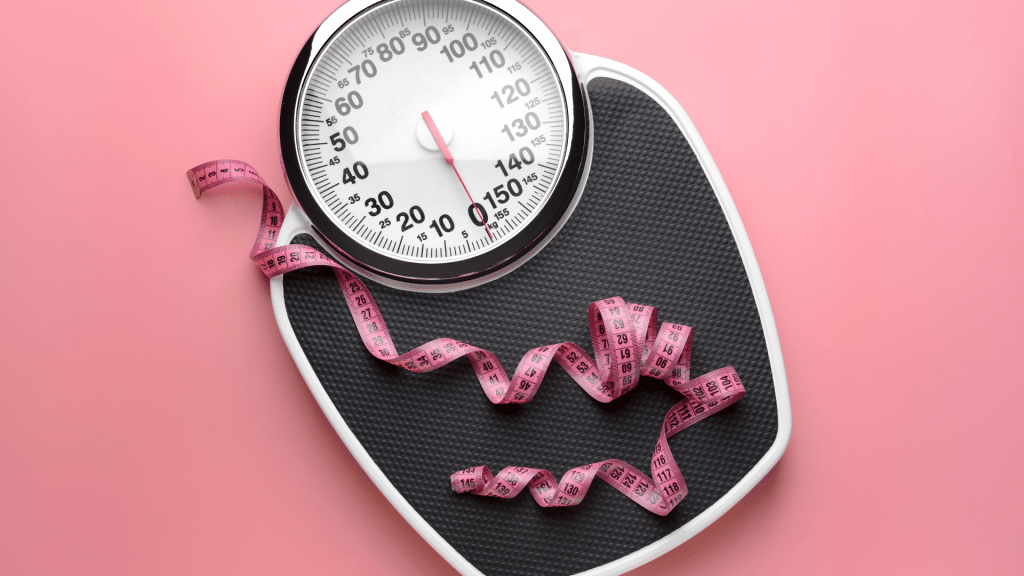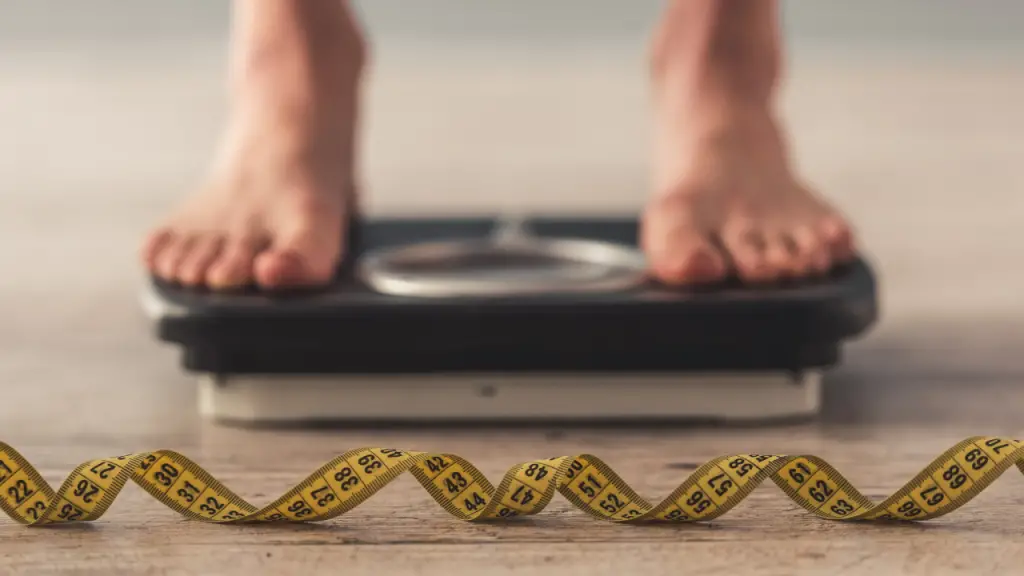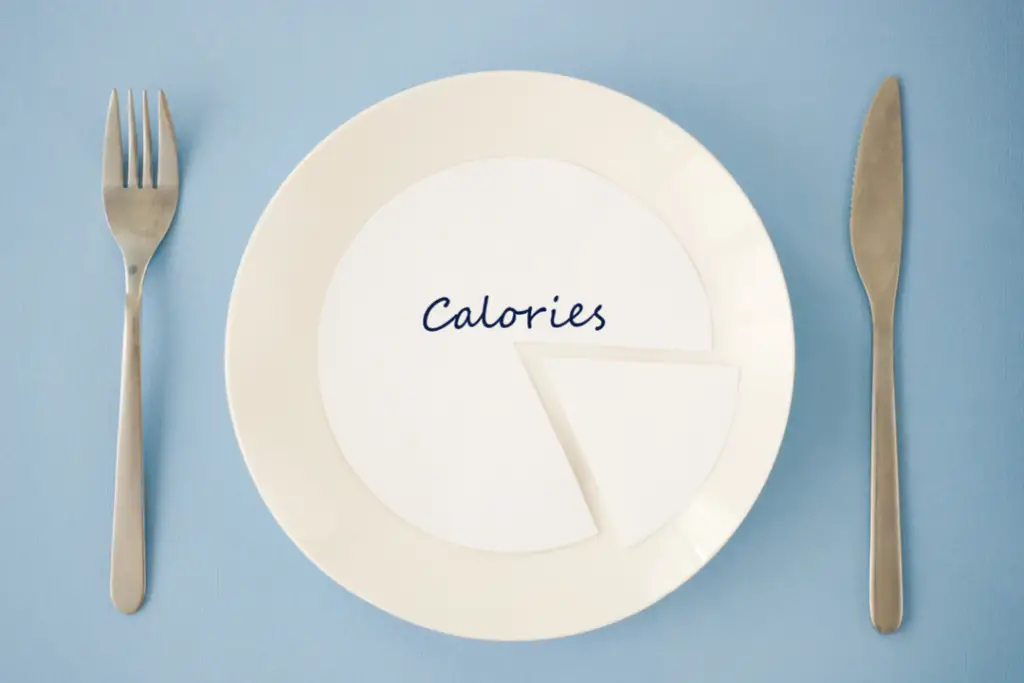I remember the first time I heard about weight set points. It made so much sense to me! No matter how much I ate or didn’t eat, my weight always wanted to gravitate towards a particular range. This range was about 10 lbs more than what I felt was my ideal weight. I learned that detoxing could help change your weight set point. The problem was, I couldn’t stick to anything! I did manage to lose the extra 10 lbs and more. That, after 40 and without doing any “detox.” Now, that weight naturally gravitates to a range of 20 lbs lighter than before. You could say I did manage to reset my weight set point. This post explains a weight set point and various ways to change it.
What Is a Weight Set Point
A weight set point is a weight within a certain range your body always wants to revert to. It is usually in the 5-10 pounds range, meaning you seem to weigh 160- 168 lbs no matter what you do.

Is the Weight Set Point Theory Real?
There isn’t any evidence to support the theory of a weight set point, apart from the fact that most people notice that their weight tends to fluctuate within a certain range. They notice that within that range, they can eat more or less without affecting the scale. Just keep in mind that it is possible that, in reality, most people don’t change their calorie intake as much as they think they do. A small 300-calorie deficit a day can make you feel quite hungry. You think you are sustaining a greater calorie deficit than you are and not losing weight. You give up after a week or less because “it’s not working.” Consequently, you find yourself going back to your range weight.
What Happens When You Sustain a Calorie Deficit
However, we can not deny that your body will adjust to a sustained calorie deficit and require fewer calories to function. So, in a sense, that will create a higher weight set point because it lowers your metabolic rate and makes it harder to lose weight.
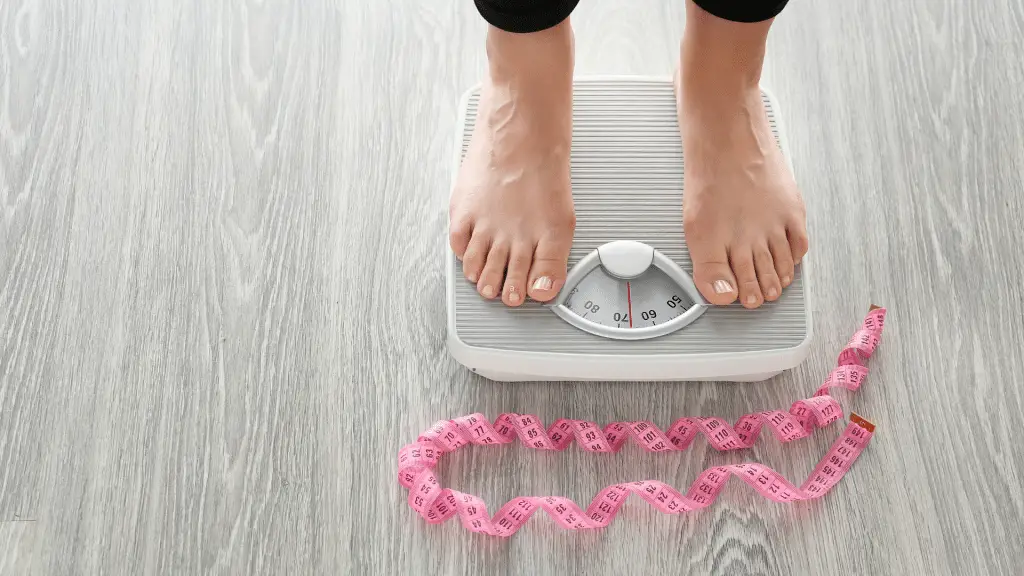
How to Reset Your Weight Set Point
If you think that resetting your weight set point means that you will be able to eat the same way you now and weigh a different weight, it won’t happen! If you want your weight to stabilize within a different range and are willing to change your eating style, I can help!
How to Lose Weight the Easy Way
Let me rephrase that: How to lose weight the easier way. Losing weight is rarely easy! However, if I could do it after years of trying everything and after the age of 40, when I felt I had to be hungry not to gain weight, you can do it too!
Why Easier?
Why do I claim my approach to weight loss is easier? Because it doesn’t require sustaining constant hunger with continuous calorie restriction. Instead, the calorie deficit happens naturally through a metabolic switch in your body. Moreover, this metabolic switch decreases your food cravings and appetite.
The Metabolic Switch
Whenever you eat, your body produces insulin transforming the food you eat into energy. Your body breaks down carbohydrates into glucose, which is your body’s primary energy source. However, when you fast for at least 12 hours, your body starts running out of glycogen (stored glucose) and uses fat cells to produce energy from ketones. You notice a metabolic switch whenever you fast enough for your body to use more ketones than glucose for energy (usually at around 16 hours).
This metabolic switch will make you feel less hungry and more energetic. It is optimal weight loss ketosis and usually occurs at around 1.0 mmol/L on a ketone monitor.

How to Facilitate the Metabolic Switch
The problem is that fasting for more than 16 hours will be difficult, particularly when you are glucose-dependent and have trained your body to eat every 3-4 hours (even more frequently for some). Here are some tips that will enable your body to grow accustomed to switching from glucose to ketones for energy any time you fast:
- Start with a reset. Your reset can be a 7-day keto cycle or a 5-day modified fast.
- Fast longer but less frequently. To truly benefit from ketosis when intermittent fasting, you will need to fast for at least 20 hours. However, you don’t need to fast every day, and you shouldn’t.
- Make sure you eat enough during your fasting window. If you sustain too much calorie deficit, your fasting days will be more challenging. Eat enough to feel full and satisfied. When losing weight, I would break my fast with a shake and have a salad, meal, and snack. All that during a 4-hour window!
Fasting Lifestyle
Losing weight using this method should be slow (I don’t recommend losing more than 2-4 lbs a month). You will slowly change your lifestyle and eating habits. Once you reach your goal weight, you will continue practicing intermittent fasting to suit your lifestyle and maintain the health benefits. You will notice that your weight now fluctuates within a lower range even when you eat more. We could say your weight set point has been reset! However, I don’t recommend you revert to your old habits, thinking you will never gain weight again! I think that should go without saying…
If you would like me to assist you through the whole process of achieving your first weight loss ketosis, finding the right intermittent fasting method for weight loss, and maintaining your weight loss, check out my 30-Day Intermittent Fasting Transformation and Coaching Options.
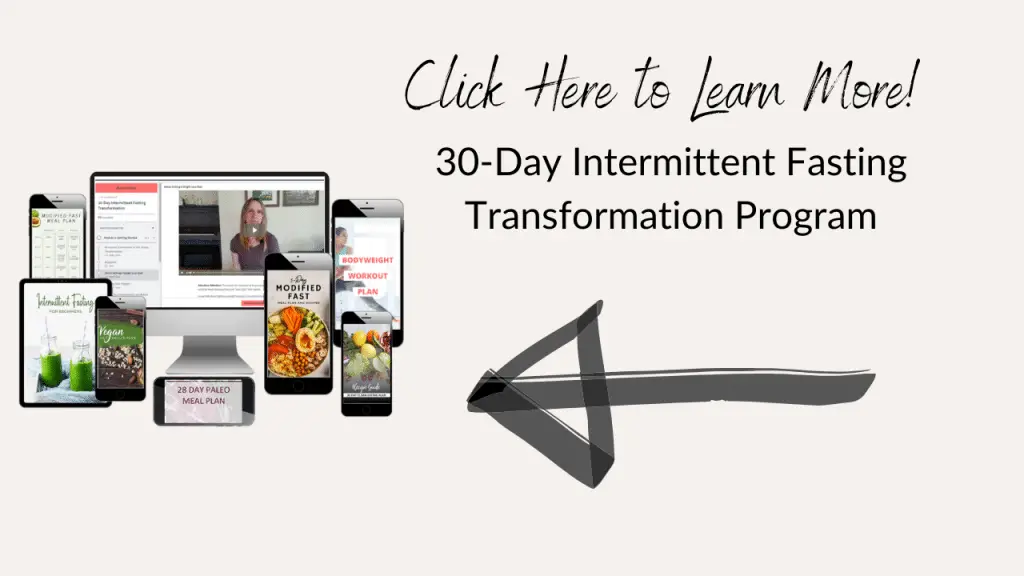
In Summary
In conclusion, resetting your weight set point isn’t really about your weight set point. It’s about changing your lifestyle and your eating habits. Furthermore, taking advantage of the metabolic switch that occurs when you fast will create a smooth process that doesn’t require you to rely solely on self-control as you free yourself from insulin-induced food cravings.



